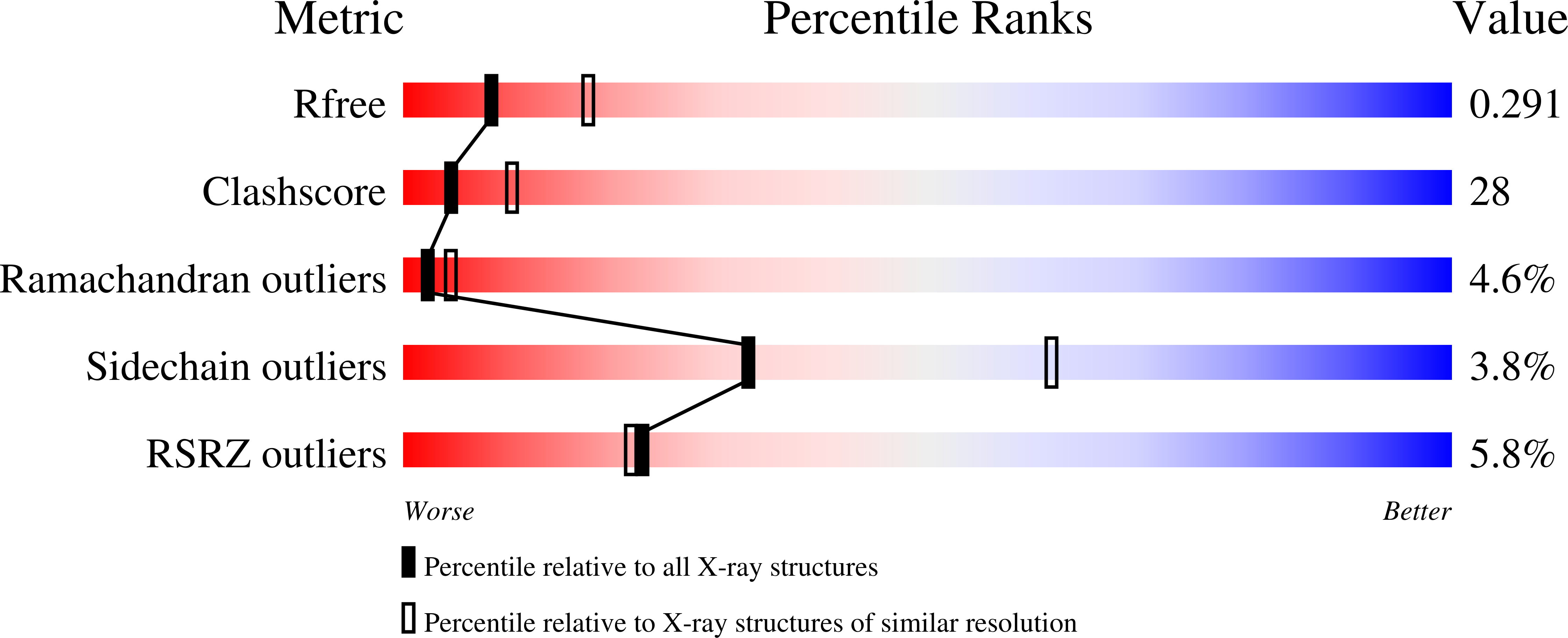
Deposition Date
2005-08-22
Release Date
2006-08-08
Last Version Date
2023-08-23
Entry Detail
PDB ID:
2AS5
Keywords:
Title:
Structure of the DNA binding domains of NFAT and FOXP2 bound specifically to DNA.
Biological Source:
Source Organism:
Homo sapiens (Taxon ID: 9606)
Host Organism:
Method Details:
Experimental Method:
Resolution:
2.70 Å
R-Value Free:
0.28
R-Value Work:
0.23
R-Value Observed:
0.23
Space Group:
P 1 21 1


